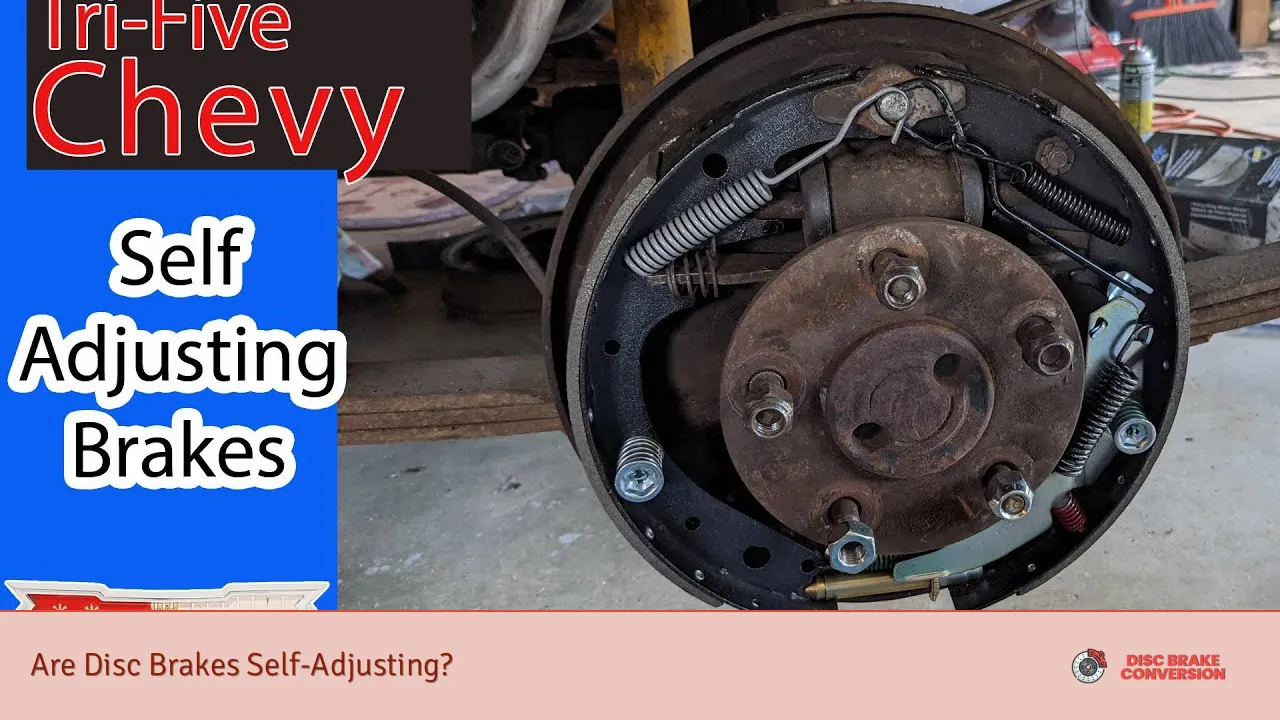Disc brakes are a critical component of modern vehicles, providing effective stopping power and enhanced safety. One of the significant features of disc brakes is their self-adjusting capability, which allows them to maintain optimal performance over time. This article will explore how disc brakes function, the mechanics behind their self-adjusting feature, and the advantages they offer compared to traditional braking systems.
Feature Description Self-Adjusting Mechanism Disc brake calipers automatically adjust to maintain optimal pad-to-rotor distance as pads wear.
Disc brakes utilize a hydraulic system that allows for efficient braking with minimal effort. When the brake pedal is pressed, hydraulic fluid is sent to the brake caliper, which pushes the brake pads against the rotor. This action generates friction, slowing down or stopping the vehicle. The self-adjusting feature comes into play as the brake pads wear down over time.
How Self-Adjusting Disc Brakes Work
The self-adjusting mechanism in disc brakes primarily involves the caliper design and hydraulic pressure. In many modern disc brake systems, particularly those with floating calipers, the caliper can slide slightly from side to side. This movement allows the caliper to center itself over the rotor each time the brakes are applied, ensuring even wear on both sides of the brake pads.
Floating Calipers
Floating calipers are designed with a single piston that pushes the brake pad against one side of the rotor. As pressure is applied, this piston forces the caliper to slide towards the rotor, engaging both pads evenly. The absence of a spring mechanism that pulls pads away from the rotor means that as pads wear down, the pistons can extend further out without needing manual adjustments.
Hydraulic Pressure and Pad Wear
As brake pads wear down, they create a gap between themselves and the rotor. The hydraulic system compensates for this by allowing more fluid into the caliper, pushing out the pistons further to maintain contact with the rotor. This process effectively allows for self-adjustment without requiring any manual intervention from the driver.
Advantages of Self-Adjusting Disc Brakes
The self-adjusting feature of disc brakes provides several advantages:
- Consistent Performance: As pads wear, self-adjusting mechanisms ensure that braking performance remains consistent throughout their lifespan.
- Reduced Maintenance: Traditional drum brakes often require manual adjustments to compensate for wear. In contrast, disc brakes minimize this need, allowing for less frequent maintenance.
- Improved Safety: With consistent pad-to-rotor contact maintained by self-adjustment, drivers benefit from reliable stopping power under various conditions.
- Easier Installation: The design of self-adjusting disc brakes simplifies installation and replacement processes compared to more complex drum systems.
Common Misconceptions About Disc Brake Adjustment
Despite their self-adjusting capabilities, there are common misconceptions regarding how disc brakes operate:
1. They Never Need Adjustment: While disc brakes are designed to adjust automatically for wear, they may still require occasional manual intervention if there are issues such as air in the hydraulic lines or if components become excessively worn.
2. All Disc Brakes Are Self-Adjusting: Not all disc brake systems incorporate self-adjusting features; some older designs may require manual adjustments similar to drum brakes.
3. Self-Adjustment Happens Instantly: The adjustment process occurs gradually as pads wear down; it is not an instantaneous reaction but rather a response over time.
Maintenance Tips for Self-Adjusting Disc Brakes
To ensure optimal performance from self-adjusting disc brakes, consider these maintenance tips:
- Regular Inspections: Check brake pads periodically for wear and replace them when necessary to avoid compromising braking performance.
- Brake Fluid Checks: Ensure that brake fluid levels are adequate and replace fluid according to manufacturer recommendations to maintain hydraulic efficiency.
- Watch for Noise: Unusual sounds during braking may indicate issues with pad alignment or other components; address these immediately to prevent further damage.
- Clean Components: Keep rotors and calipers clean from debris and contaminants that could affect braking performance.
Conclusion
Disc brakes represent a significant advancement in vehicle braking technology, particularly due to their self-adjusting capabilities. By maintaining optimal pad-to-rotor distance automatically as pads wear down, these systems provide consistent performance and reduce maintenance needs. Understanding how disc brakes work can help drivers appreciate their importance in ensuring safety on the road.
FAQs About Disc Brakes
- What is a self-adjusting disc brake?
A self-adjusting disc brake automatically maintains optimal distance between the brake pads and rotor as they wear down. - Do all cars have self-adjusting disc brakes?
No, not all cars have this feature; some older models may require manual adjustments. - How often should I check my disc brakes?
You should inspect your disc brakes regularly and replace worn pads as needed. - Can I adjust my disc brakes manually?
While they are designed to self-adjust, some situations may require manual intervention for optimal performance. - What happens if my self-adjusting brakes fail?
If they fail, you may experience reduced braking efficiency; it’s essential to have them inspected by a professional.

